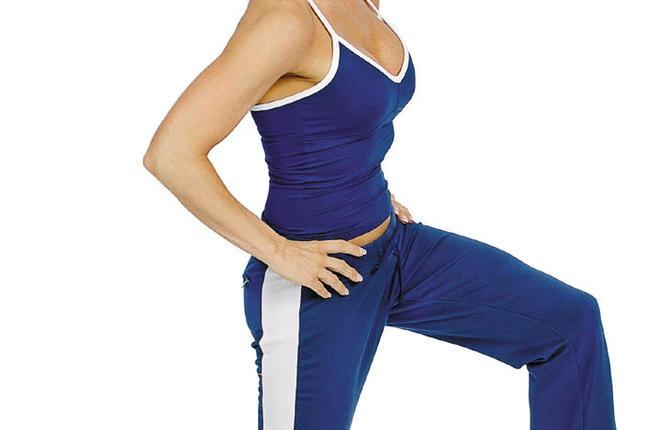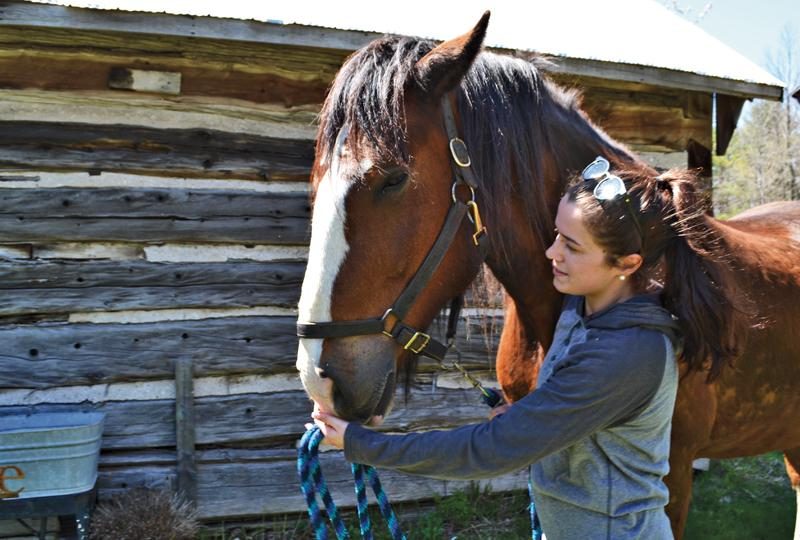
Righting Fitness Wrongs
Quality counts when you're exercising. So to get the most from your workouts and avoid getting hurt, don't just do it — do it right.
Successfully squeezing in several workouts a week may make you feel virtuous and on track for the New Year. But before you take a fitter-than-thou attitude, check your form — because quality, not just quantity counts when you're exercising. And if you rush through workouts, give your bod a break with little shortcuts here and there, or simply aren't up to speed on the latest how-tos, you could be compromising the effectiveness and safety of your fitness routine.
Sure, exercise can be good for your body for all kinds of reasons. But if executed with sloppy style, it’s little more than a waste of time, according to fitness expert Edward J. Jackowski, author of Hold it! You’re Exercising Wrong (Simon and Schuster).
"Without proper form, you don't give your body the chance to change positively," Jackowski says. "Of course, you could even harm it."
Here are some of the form faux pas spotted regularly in gyms all over the country. If you've been slipping up yourself, no need to feel guilty—our experts’ advice will get you on the right foot.
. The botched crunch. The abdominal crunch is safer than the old foot-anchored, full-body sit-up—done right, anyway. But most people put their hands behind their necks and yank, jeopardizing the delicate cervical region of the spine supporting the head.
Form fix: Place your fingertips lightly on your temples with palms facing in. Because you'll have nothing to grab onto, your abdominal muscles will do the work as you slowly curl up, lifting your shoulder blades off the floor.
Righting exercise wrongs
Sandra Gordon
The knee-deep lunge. Lunges can be grate for building the quadriceps and hamstrings, which stabilize and protect your knees from injury. Getting down so low, though, that your knee (and your body weight) extends past your toes can overstretch and weaken tendons and ligaments.
Form fix: To lunge properly, start with feet shoulder-width apart. With your back straight and eyes looking ahead, step forward with your right foot, bending your right knee until your hips are only slightly higher than your knee. (Your knee shouldn't be flexed more than 90 degrees, and you should be able to see your toes when you look down.) Push off with the right foot to return to the starting position.
The hyperextended head roll. This standby is supposed to soothe, stretch, and strengthen your neck, but it may actually strain it, says Lynne Leary-Khater, a certified personal trainer. Typically, you start with your chin to your chest and make a full circle with your head. Leary-Khater suggests eliminating the head-back position of the roll because it makes the disks in your neck vulnerable to injury.
Form fix: Starting with your chin down, rotate your head until your left ear is lined up with your left shoulder. Then tilt your head so your right ear is over your right shoulder, and bring it back down to the starting position. You’ll end up drawing a semicircle with your chin.
The stair-climber lean. Using the stair-climber console as a pillow or leaning heavily on its handrails can cut your calorie burn by as much as half and may strain your back, says Peggy Norwood, an exercise physiologist and certified personal trainer.
Form fix: To get the most out of your time on the stair-climber, rest only your fingertips on the console or rails when you need to, for balance. If you feel the urge to lean, reduce your speed — most likely, you'll still get a better workout than you would at a faster pace with heavy arm support.
The weighty gain. Wearing wrist and ankle weights while you walk may burn more calories, but they also change your gain, putting strain on your lower body. "And because you do thousands of reps with the weights while you're walking, you increase the risk of injury to the chest, the low back, and shoulders," Norwood says.
Form fix: If you want the benefits of both weight training and walking, it’s safer to do them separately. But you can burn significantly more calories by pumping your arms fairly vigorously (your legs, the most efficient calorie-burners, will likely follow suit). Or take a hillier route, setting an ambitious pace on the inclines.
The high stepper. In step class, the height of your bench has become the measure of your might. But if you boost your bench too much, you could fall prey to knee strain and/or Achilles tendonitis, Norwood says. How high is too high? When your knee is above hip height as your hoist yourself up.
Form fix: If that’s the case, remove the extra risers one at a time until you correct the problem. You’ll probably have to stay with a lower bench—but you can increase the intensity of the workout by pumping and flexing your arms and propelling yourself onto the risers rather than simply stepping.
The gear glitch. A sure way to burn out before you achieve cycling’s benefits is gearing your bike so heavily that you're straining to push the pedals or so lightly that there’s little resistance, says Edmund R. Burke, Ph.D., coauthor of Fitness Cycling and former coordinator of sport sciences for the 1996 U.S. Olympic cycling team.
Form fix: Burke’s advice for a more effective workout: Ride in a gear that allows you to maintain 60 to 90 revolutions per minute (rpm) throughout your workout. Most health-club-caliber stationary bikes have rpm readouts. If yours doesn't, you can find your own cadence by counting your revolutions for 10 seconds and multiplying by six. (Focus on one foot, counting each time it reaches the top of a complete turn.)







